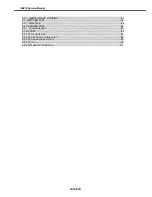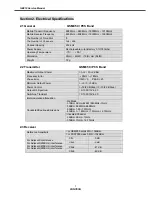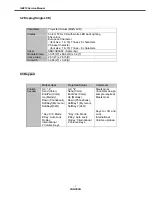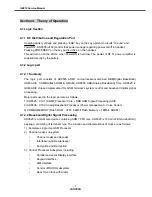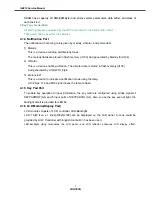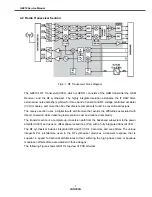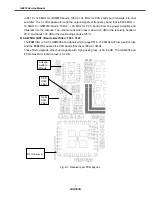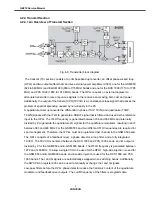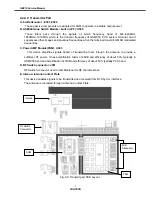
GB310 Service Manual
1
PANTECH
SECTION 1. Introduction
1.1 An Introduction of GSM Digital Cellular Mobile Communication System
GSM (Global System for Mobile communication) concluded that digital technology working in
the Time Division Multiple Access (TDMA) mode would provide the optimum solution for the
future system. Specifically , a TDMA system has the following advantage
►
Offers a possibility of channel splitting and advanced speech coding ,resulting in improved
spectrum efficiency.
►
Offers much greater variety of service than the analog
►
Allows considerable improvements to be made with regards to the protection of information.
The GSM system is basically designed as a combination of three major subsystem;
The network subsystem, the radio subsystem, and the operation support system.
The functional architecture of a GSM system can be divided into the Mobile Station (MS), the Base
Station (BS), and the Network Subsystem (NS). The MS is carried by the subscriber, the BS
subsystem controls the radio link with the MS and the NS performs the switching of calls between
the mobile and other fixed or mobile network users as well as mobility management. The MS and
the BS subsystem communicate across the Um interface also known as radio link
The specifications relating to MS are as follows:
TS 100 607-1 : Digital cellular telecommunication system()Mobile Station (MS) con
Formance specification Part1:Conformance specification
1.2 Frequency Allocation and Its Use
Transmit frequency band : 824MHz ~ 849MHz(For GSM850) , 1850MHz ~1910MHz(For PCS)
Receive frequency band: 869MHz ~ 894MHz(For GSM850) , 1930MHz ~ 1990MHz(For PCS)
Channel spacing : 200 KHz
ARFCN(Absolute Radio Frequency Channel Number) : 128~251 (For GSM850), 512~810 (For
PCS)
Transmit-receive frequency spacing: 45 MHz(For GSM850), 80MHz(For PCS)
Frequency band and Channel Arrangement
For GSM850 Band Fl(n)=824.2+0.2*(n-128) 128
≤
n
≤
251 Fu(n)=Fl(n)+45
824
MHz
~849
MHz
: Mobile Transmit,Base receive
869
MHz
~894
MHz
: Base Transmit, Mobile receive
For PCS Band Fl(n)=1850.2+0.2*(n-512) 512
≤
n
≤
810 Fu(n)=Fl(n)+80
1850
MHz
~1910
MHz
: Mobile Transmit,Base receive
1930
MHz
~1990
MHz
: Base Transmit, Mobile receive
** Fl(n)= frequency value of the carrier , Fu(n)= corresponding frequency value in upper band
Содержание GB310
Страница 28: ...GB310 Service Manual 1 PANTECH 8 Check to see if U103 K5 J5 pin and C152 C153 is 2 8V_M CP105 CP105 CP105...
Страница 29: ...GB310 Service Manual 1 PANTECH 9 Check to ses if PAD1 pin R177and D120 C213 pin is 2 8V_EXT CP106 CP106...
Страница 42: ...GB310 Service Manual 1 PANTECH CP128 CP129 CP130...



